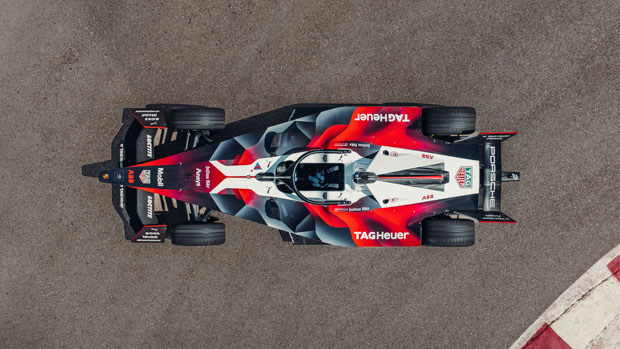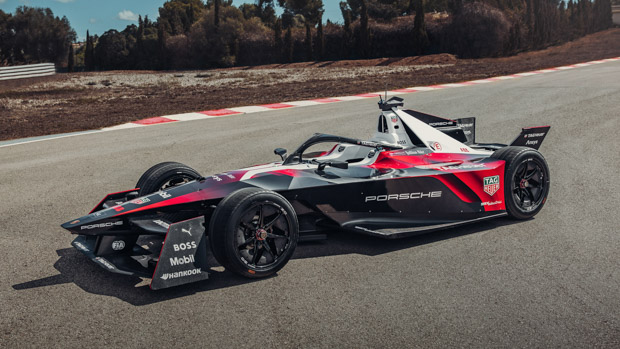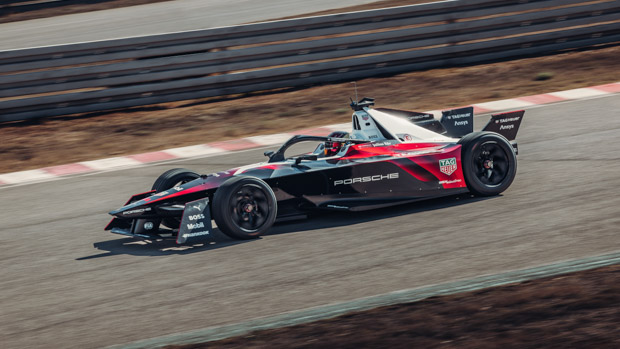-
Car Reviews
- All reviews
- Midsize SUVs
- Small cars
- Utes
- Small SUVs
- Large SUVs
- Large cars
- Sports SUVs
- Sports cars
- Vans
Latest reviews
- Car News
-
Car Comparisons
Latest comparisons
- Chasing Deals
Porsche’s new all-electric racer is smaller, lighter, yet far more powerful than before
As Formula E enters its ninth season, the all-electric, open-wheel racing series is making a radical step forward.
Starting in 2023, teams will run cars built on an all-new platform, not only making them faster and more powerful, but smaller, lighter, and all-wheel drive, too. Those cars are collectively called Gen3, and Porsche has just unveiled theirs.
Porsche will provide four cars to the 2023 Formula E grid, two fielded by their own Tag Heuer-sponsored team, while Avalanche Andretti will run a further two.
Though still named 99X like its previous Formula E racer, Porsche’s new car is substantially different. The new 99X is nearly 200mm shorter, wheelbase reduced by 130mm and weight down a whopping 53kg to 850kg.
That reduction in weight is impressive because not only does the car have more power – up to 350kW from 250kW before – but for the first time it will have a driven front axle.
Yes, the Gen3 Porsche 99X will have AWD, not only helping drivers put that extra power down to the ground but significantly increasing regenerative braking as well.
In an EV, electric motors can be engaged to decelerate a car in the same way they accelerate it, providing a braking force that recharges the battery instead of just generating heat like a traditional, friction brake setup does.
The additional front electric motor means the new Gen3 car can capture far more energy under braking.
How much more? A whopping 40 percent of the energy used in the race will come from regeneration. That means that despite the additional power and the extra motor to drive, the new 99X’s battery pack is actually smaller, down from 52kWh to just 38.5kWh.
That should still be enough to make it through a full race, but for those faster tracks where range might be an issue, the Gen3 car will support what’s called “flash” charging at a whopping 600kW.
That’s about 2x faster than the fastest level-three chargers on the planet, capable of adding 10 percent to the battery’s capacity in just 30 seconds. That means mid-race, quick-charge pit stops could become a reality.
It’s worth pointing out that much of this, including the battery pack and the entire front half of the car, is completely spec: it’ll be exactly the same for every team out there.
However, the rear of the car, including the rear drivetrain and suspension, is made by Porsche and is specific to their cars. It’s the learnings here that could help make Porsche’s next-generation on-road EVs more efficient and, of course, faster.
Latest news
About Chasing cars
Chasing Cars reviews are 100% independent.
Because we are powered by Budget Direct Insurance, we don’t receive advertising or sales revenue from car manufacturers.
We’re truly independent – giving you Australia’s best car reviews.


